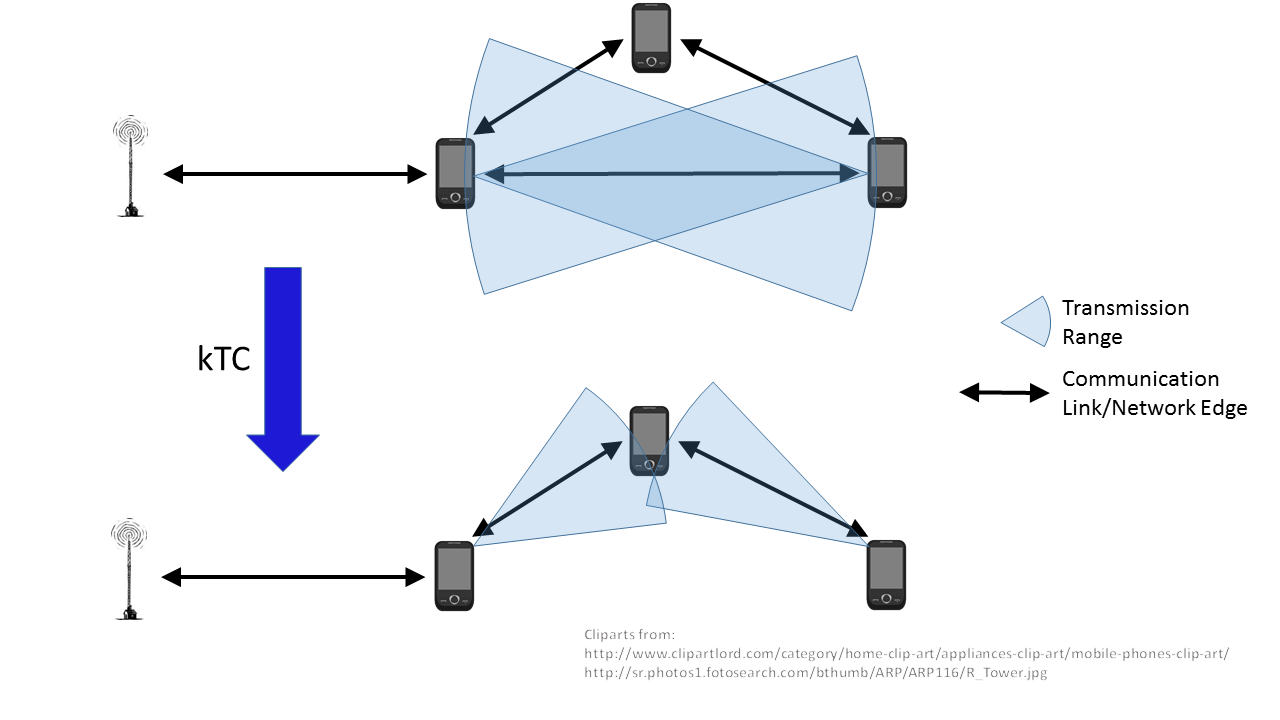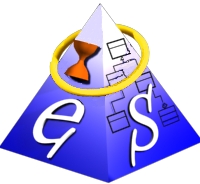MAKI - Multi-Mechanisms Adaptation for the Future Internet
The Collaborative Research Center 1053 of  the German Research Foundation (DFG) with the working title Multi-Mechanisms Adaptation for the Future Internet (MAKI) has been working on harnessing the mobile Internet for future challenges since January 01, 2013. Since Januar 01, 2017, MAKI has been running in its second phase.
the German Research Foundation (DFG) with the working title Multi-Mechanisms Adaptation for the Future Internet (MAKI) has been working on harnessing the mobile Internet for future challenges since January 01, 2013. Since Januar 01, 2017, MAKI has been running in its second phase.
As many as 12 research departments from TU Darmstadt, RWTH Aachen, Uni Mannheim, and UIUC are collaborating on the project.
The idea behind MAKI
Ever since the introduction of poweful mobile devices in the early 2000s, the mobile Internet has experienced constantly growing popularity: Users stream multimedia content or share custom-made videos and photos in social networks.
Even though service providers continuously enhance their networks, the network capacity may still not suffice under extraordinary circumstances such as flash mobs, demonstrations, or sports events.
The key idea behind MAKI is to alleviate this problem by distributing the network traffic using today's mobile devices's numerous communication technologies (such as WiFi, LTE, Bluetooth) and content distribution strategies (such as client-server or peer-to-peer). A core concept of MAKI is that the transition from one technologie to another should be transparent to the user.
Due to their autonomous nature, mobile device should adapt to the changing network topology without (much) intervention of a centralized controlling instance.
With its expertise in graph transformations and configuration management, the Real-Time Systems Lab mainly contributes in Phase II of MAKI to two sub-projects, A1 and A4.
Sub-project A1
Sub-project A1 is concerned with graph-based modeling of mobile network topologies and their dynamics.
In cooperation with the Telecooperations Groups at TU Darmstadt, we aim at identifying favorable patterns and unfavorable anti-patterns in the network graph and develop algorithms to transform anti-patterns into patterns.
By patterns and anti-patterns we mean constellations of devices that are known to be suboptimal according to a certain metric (number of connections, device energy consumption,...).
Example: In a first approach, we have implemented the topology control algorithm kTC with our graph transformation tool eMoflon. The targeted anti-pattern of kTC is a triangle, where one connection/edge is (considerably) more expensive than the other two edges. Since messages can still be routed over the two shorter edges, the most costly connection can be deactivated, leading to battery savings for the user on the right-hand side.

For more information on the sub-project, please visit the official sub-project site of A1.
Sub-project A4
Sub-project A4 investigates mechanisms for transitions that enable reactive self-healing as well as proactive self-optimization within self-adaptive communication systemsand their applications.
In cooperation with the Chair of Information Systems II at the University of Mannheim, we develop a methodology for model-based design of the system’s reconfiguration behavior as well as a runtime environment (middleware) for the coordination of triggering and execution of cross-application and cross-layer coexisting mechanisms for transitions. A Knowledge component as known from the MAPE-K model provides the runtime models.
The Real-time Systems Lab is responsible to establish a variability specification to describe the possible reconfiguration behavior of the monitoring framework. Concepts from the domain of Dynamic Software Product lines help specifying variability in a constraint model.

For more information on the sub-project, please visit the official sub-project site of A4.
Related Dissertations
- S. Tomaszek: "Modellbasierte Einbettung von virtuellen Netzwerken in Rechenzentren", Technische Universität Darmstadt, 2021, URL: https://tuprints.ulb.tu-darmstadt.de/17362/.
- M. Weckesser: "Automatisierte Analyse integrierter Software-Produktlinien-Spezifikationen", Technische Universität Darmstadt, 2019, URL: https://tuprints.ulb.tu-darmstadt.de/8875.
- R. Speith (né Kluge): "Correct-by-Construction Development of Dynamic Topology Control Algorithms.", Technische Universität Darmstadt, 2018, URL: https://tuprints.ulb.tu-darmstadt.de/8562.
- K. Saller: "Model-Based Runtime Adaptation of Resource Constrained Devices.", Technische Universität Darmstadt, 2015, URL: http://tuprints.ulb.tu-darmstadt.de/4322/.
- P. Mukherjee: "A Fully Decentralized, Peer-To-Peer Based Version Control System", Technische Universität Darmstadt, 2011, URL: http://tuprints.ulb.tu-darmstadt.de/2488/.



